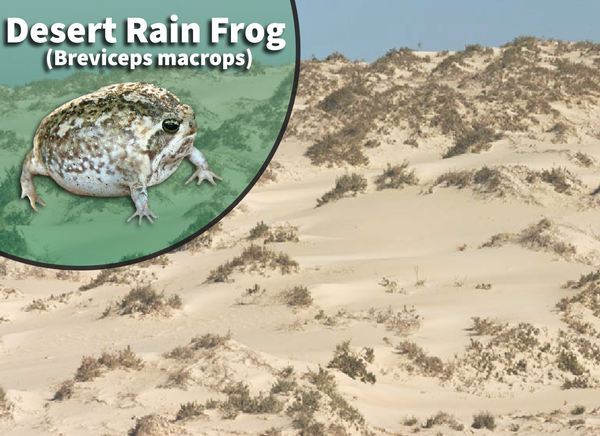Rain Frog for Sale: Elevate Your Collection with Uncommon and Exotic Amphibians!
Rain Frog for Sale: Elevate Your Collection with Uncommon and Exotic Amphibians!
Blog Article
The Most Effective Reptile Enclosures: Exactly How to Develop the Perfect Habitat
Creating the best habitat for reptiles is not nearly positioning them in a container or unit; it includes a thoughtful consideration of various elements that add to their general wellness. From the size of the room to the sort of substratum made use of, every component plays a crucial role in giving a setting where your reptile can grow. By recognizing the specific requirements of your reptile types and executing the best habitat configuration, you can guarantee their health and wellness and joy in captivity.
Choosing the Right Room Size
When selecting an enclosure size for reptiles, it is essential to consider their all-natural habits and space needs to guarantee their well-being and wellness. Different reptile types have differing needs when it comes to habitat area.
A basic rule of thumb is to offer enough room for the reptile to exhibit natural habits, such as basking, concealing, climbing, and foraging. By carefully thinking about the certain needs of the reptile species in inquiry, owners can produce an ideal and enriching habitat that advertises total wellness and encourages all-natural habits.
Establishing Proper Burner
To ensure the health and health of reptiles in their enclosures, it is necessary to thoroughly establish up appropriate heating aspects. When establishing up home heating components in a reptile room, it is vital to take into consideration the specific temperature level demands of the varieties you are caring for.
One typical and reliable burner for reptile rooms is a warmth light or ceramic warm emitter. These heat sources can be used to create a temperature slope within the enclosure, allowing reptiles to relocate in between warmer and cooler locations as required. In addition, under-tank hot pad or warm mats can be used to provide belly heat, which is especially beneficial for reptiles that call for additional warmth to aid in digestion.
Checking the temperature within the room using a thermostat is necessary to guarantee that the burner are keeping the appropriate temperature variety for your reptile. Routinely examine and adjust the home heating elements as needed to produce a healthy and comfortable setting for your scaly friend.
Choosing Appropriate Illumination Components

Supplying the Ideal Substrate
Picking the ideal substratum is necessary for creating a comfy and appropriate atmosphere for reptiles in their units. Some reptiles, such as desert-dwelling varieties like bearded dragons, prosper on substrates like calcium sand or reptile carpet, while others, like ball pythons, prefer coconut husk or aspen bedding to keep humidity levels.
Additionally, the size of the reptile should likewise influence your choice of substrate, as hatchlings may require a better material to stop ingestion. Avoid substratums that can trigger impaction, such as loose substrates like sand or gravel, especially for reptiles known to consume their bed linens. Regularly cleansing and replacing the substratum is important to make certain a hygienic and clean environment for your reptile. By choosing the excellent substratum, you can add to the total health and wellness and well-being of your flaky buddy.
Designing for Enrichment and Comfort
Taking into consideration the substrate's duty in giving a structure read what he said for all-natural habits and keeping an appropriate environment, enhancing the reptile unit with correct decorations is important for both enrichment and comfort. When enhancing the unit, it is important to think about the reptile's species-specific demands and behaviors to create a space that advertises physical and psychological well-being. By incorporating a range of decorations that resemble the reptile's all-natural environment, owners can ensure their pet's comfort and boost their natural reactions, ultimately leading to a happier and much healthier reptile.
Verdict

Creating the perfect environment for reptiles is not just concerning positioning them in a container or find out here enclosure; it includes a thoughtful consideration of various variables that contribute to their general health.Picking the ideal substrate is necessary for developing a appropriate and comfortable setting for reptiles in their units. Some reptiles, such as desert-dwelling species like bearded dragons, prosper on substratums like calcium sand or reptile rug, while others, like round pythons, choose coconut husk or aspen bed linen to keep humidity degrees.
By integrating a selection of decorations that imitate the reptile's all-natural habitat, proprietors can guarantee their pet's convenience and stimulate their natural instincts, ultimately leading to a better and healthier reptile.
In final thought, developing the perfect environment for reptiles involves choosing the proper room size, heating components, lighting fixtures, substratum, and decorations.
Report this page